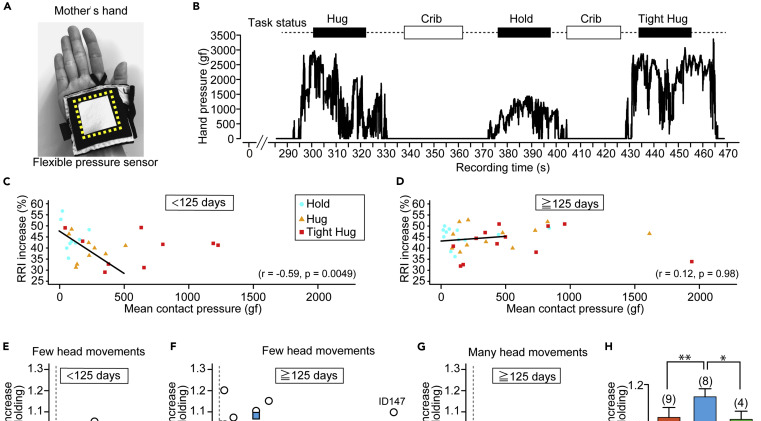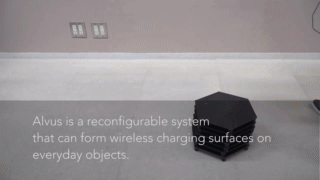Selected projects
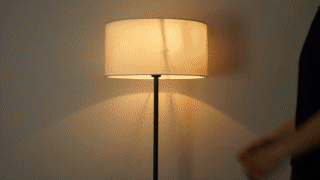
Room-scale magnetoquasistatic wireless power transfer using a cavity-based multimode resonator
Nature Electronics (August 2021)
PDF Video Publisher Press release (English) Press release (Japanese)
Nature Electronics (August 2021)
PDF Video Publisher Press release (English) Press release (Japanese)
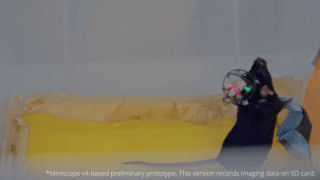
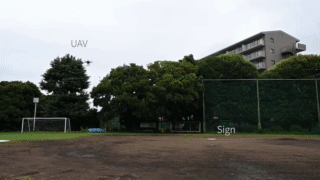
MilliSign: mmWave-Based Passive Signs for Guiding UAVs in Poor Visibility Conditions
ACM MobiCom (October 2023)
PDF Video Publisher Press release (English) Press release (Japanese)
ACM MobiCom (October 2023)
PDF Video Publisher Press release (English) Press release (Japanese)
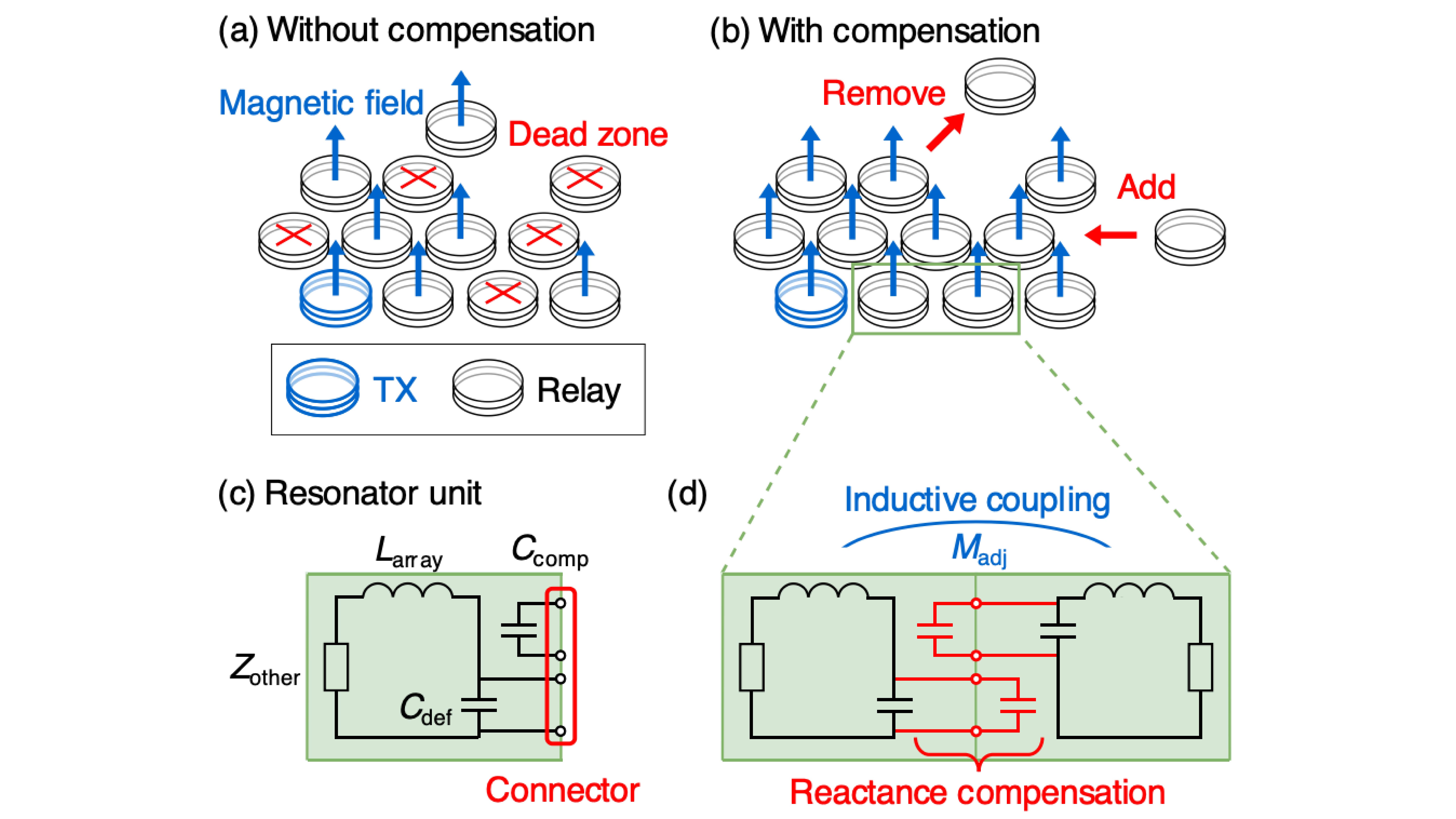
Passive Reactance Compensation for Shape-Reconfigurable Wireless Power Transfer Surfaces
IEEE WPTCE 2025 (June 2025)
PDF
IEEE WPTCE 2025 (June 2025)
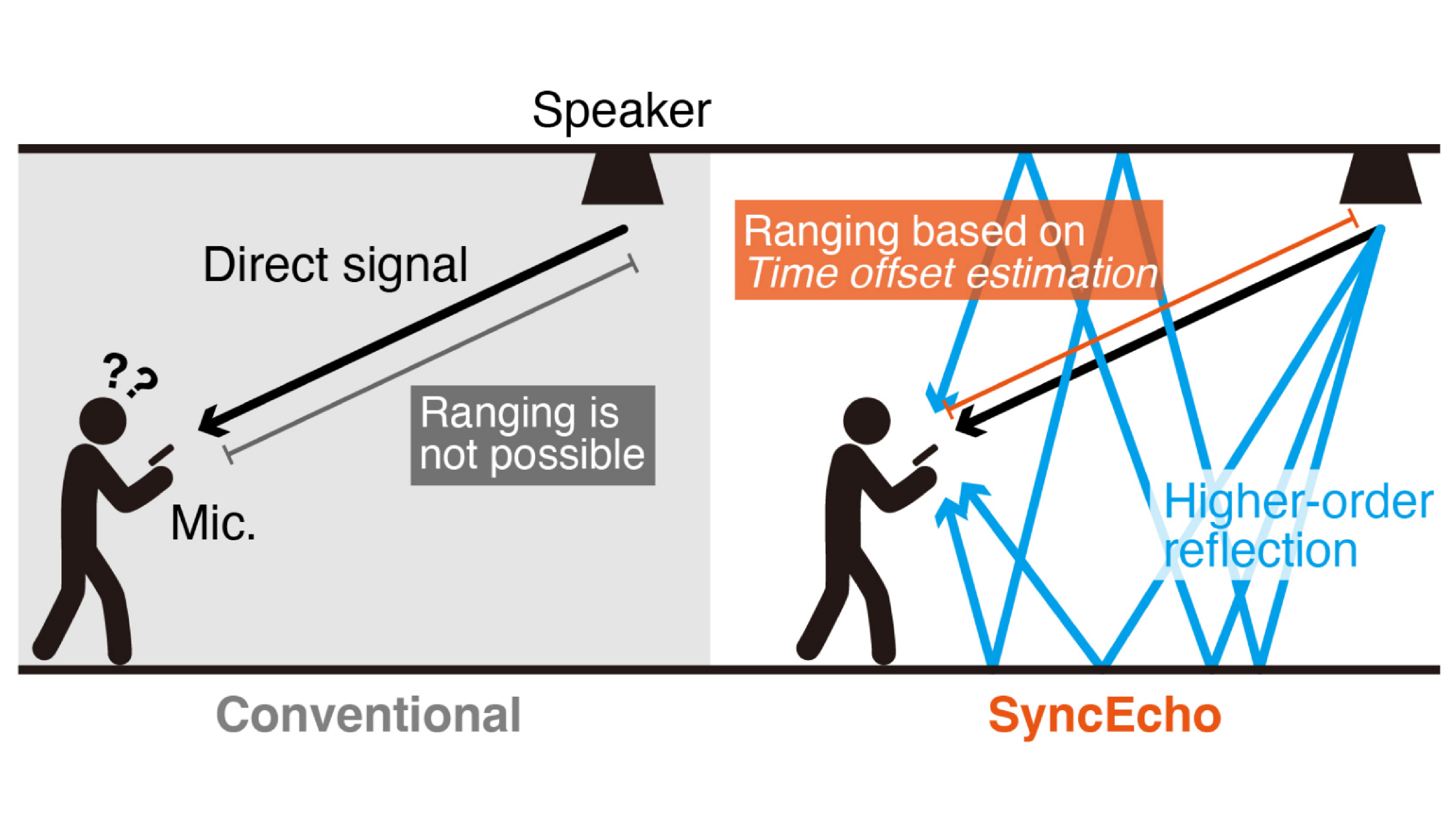
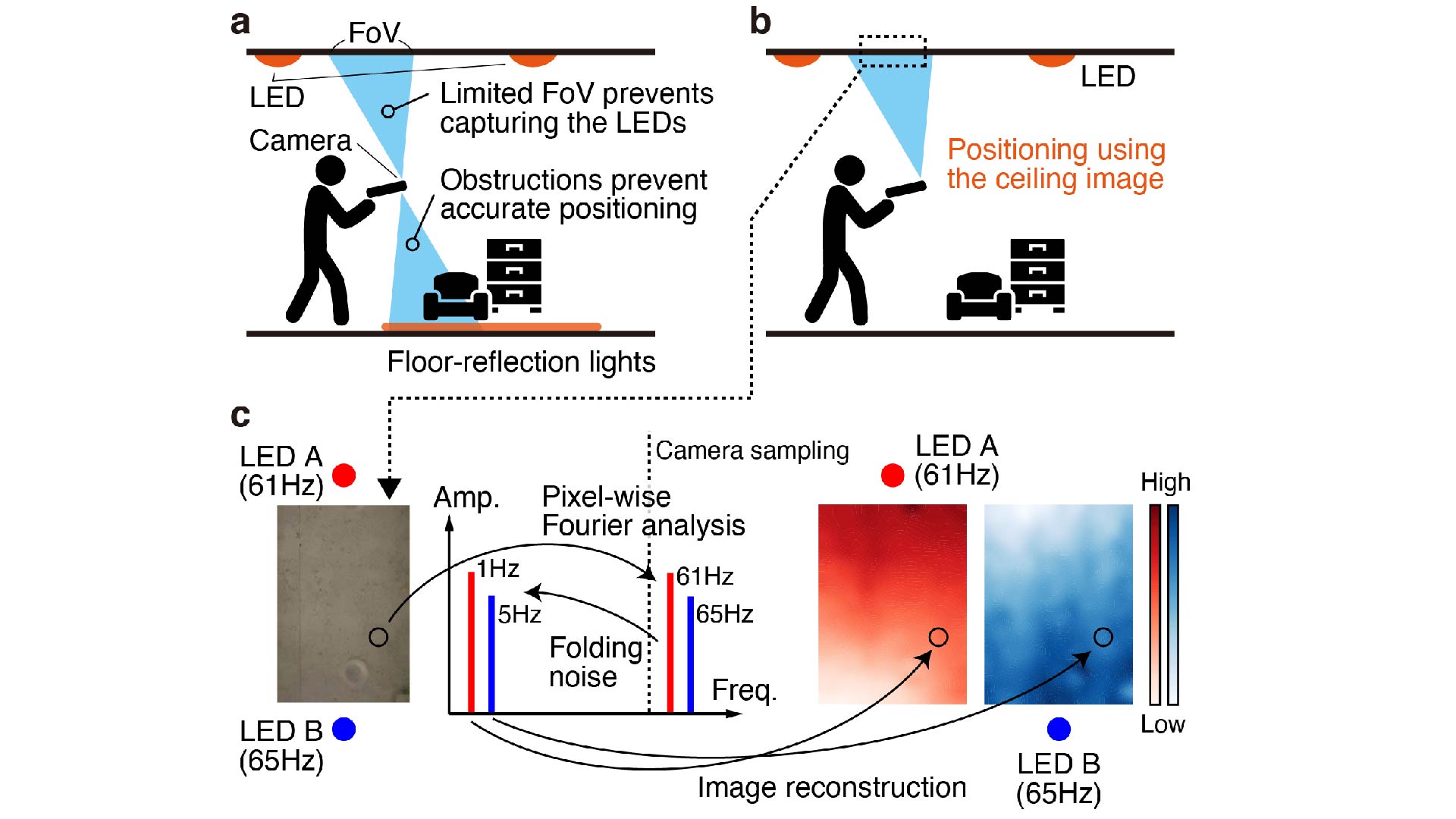
Camera-Based Position Estimation using Frequency-Multiplexed Luminance Gradient
PerCom Industry Track 2024 (March 2024)
Publisher
PerCom Industry Track 2024 (March 2024)
Publisher
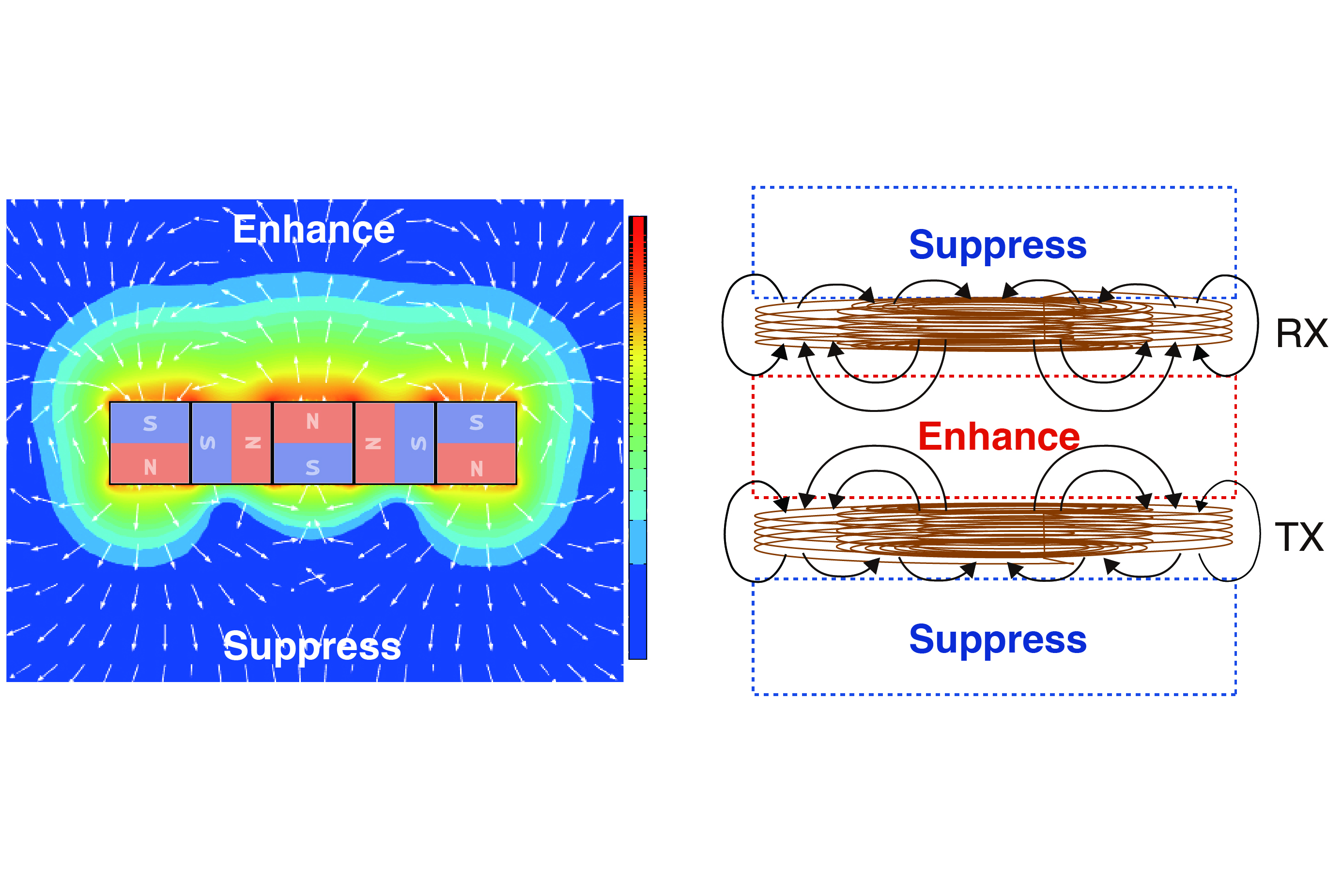
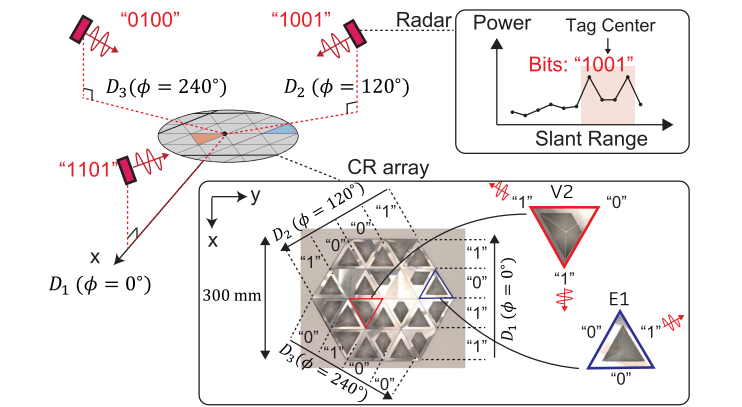
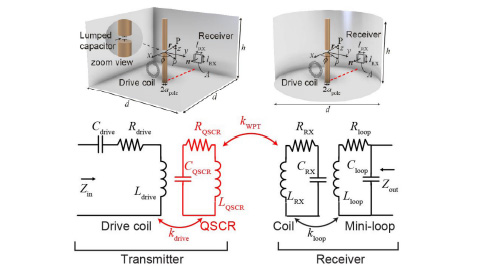
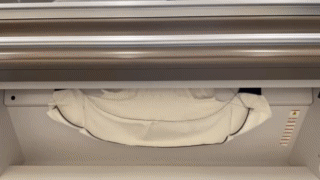
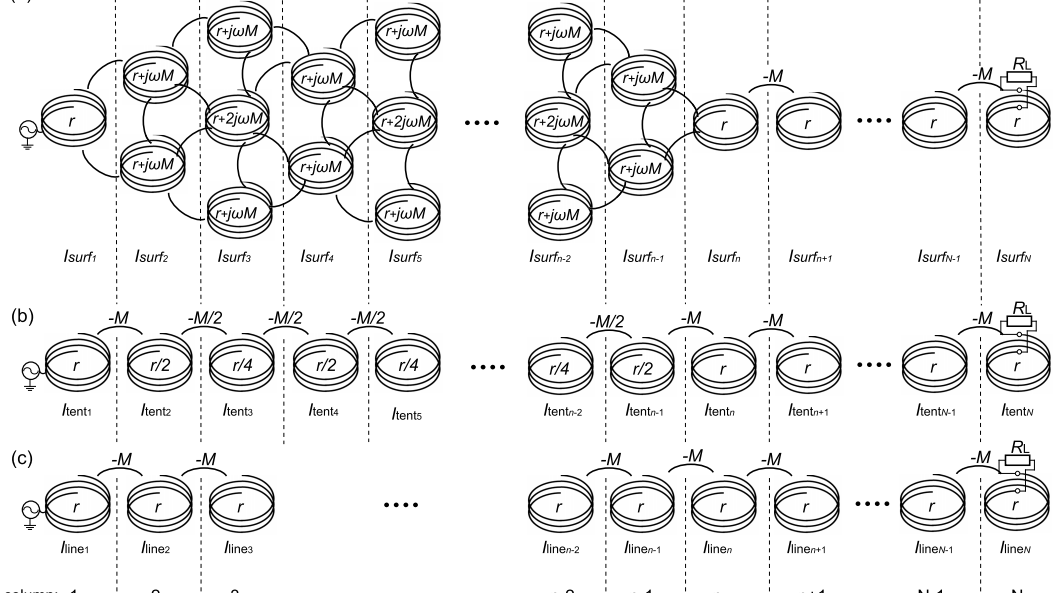
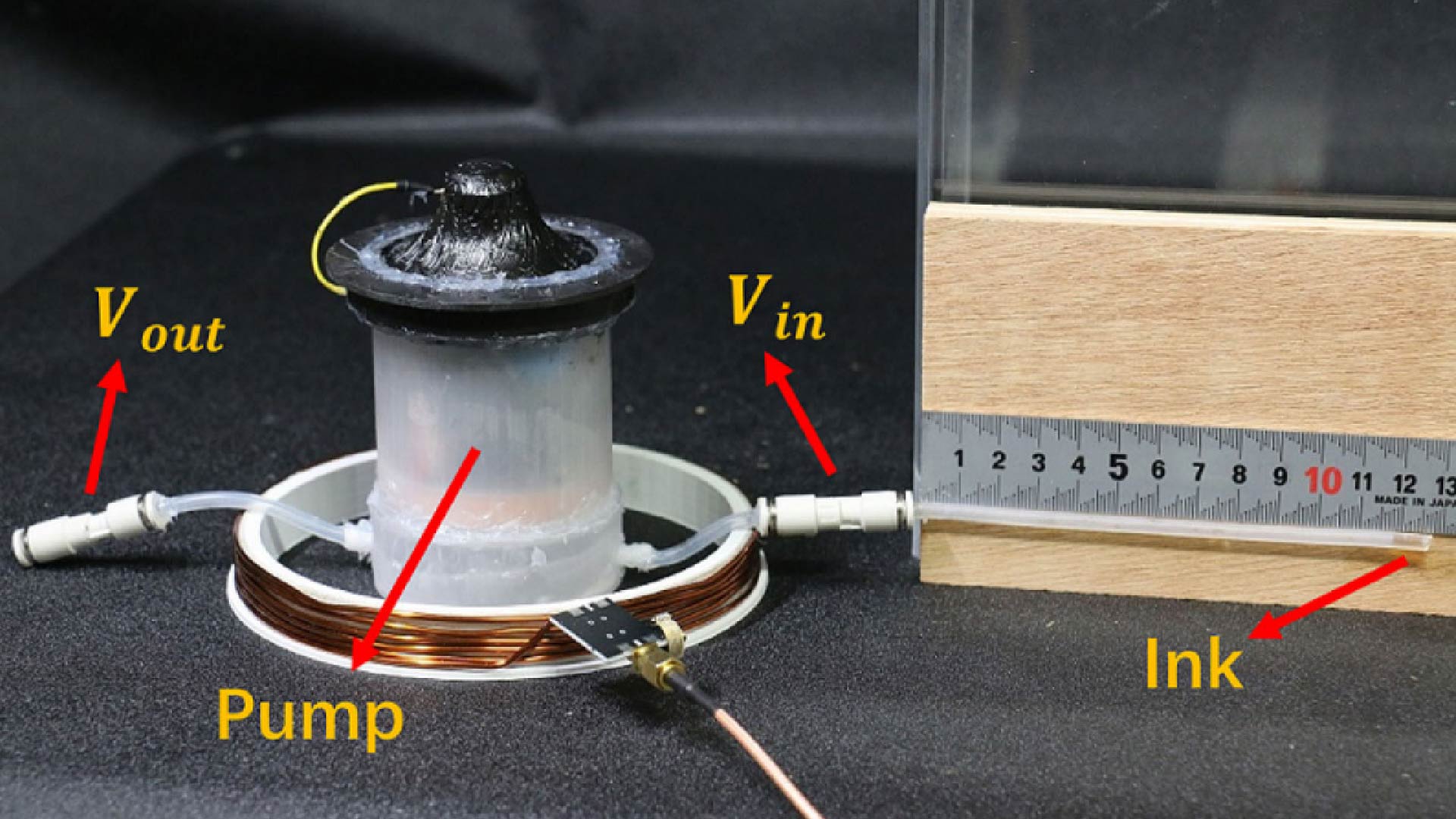
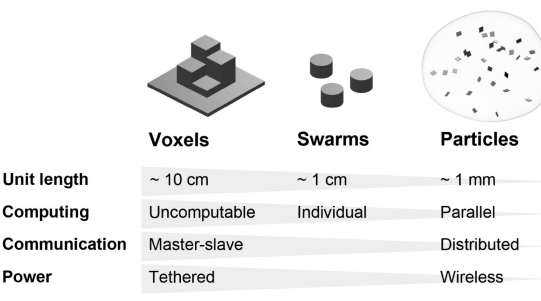
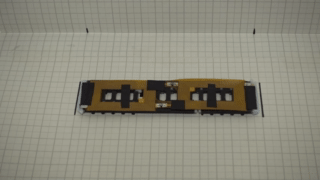
Continuum Robotic Caterpillar with Wirelessly Powered Shape Memory Alloy Actuators
Soft Robotics (December 2020)
Publisher
Soft Robotics (December 2020)
Publisher
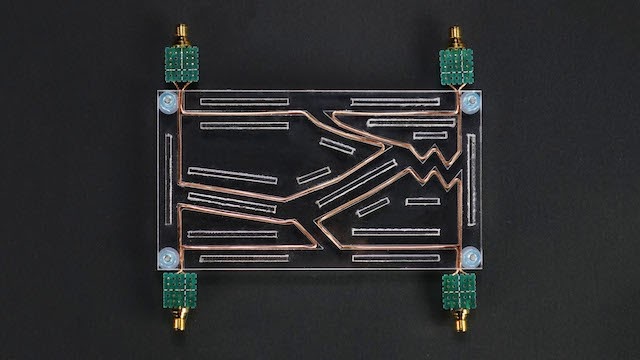
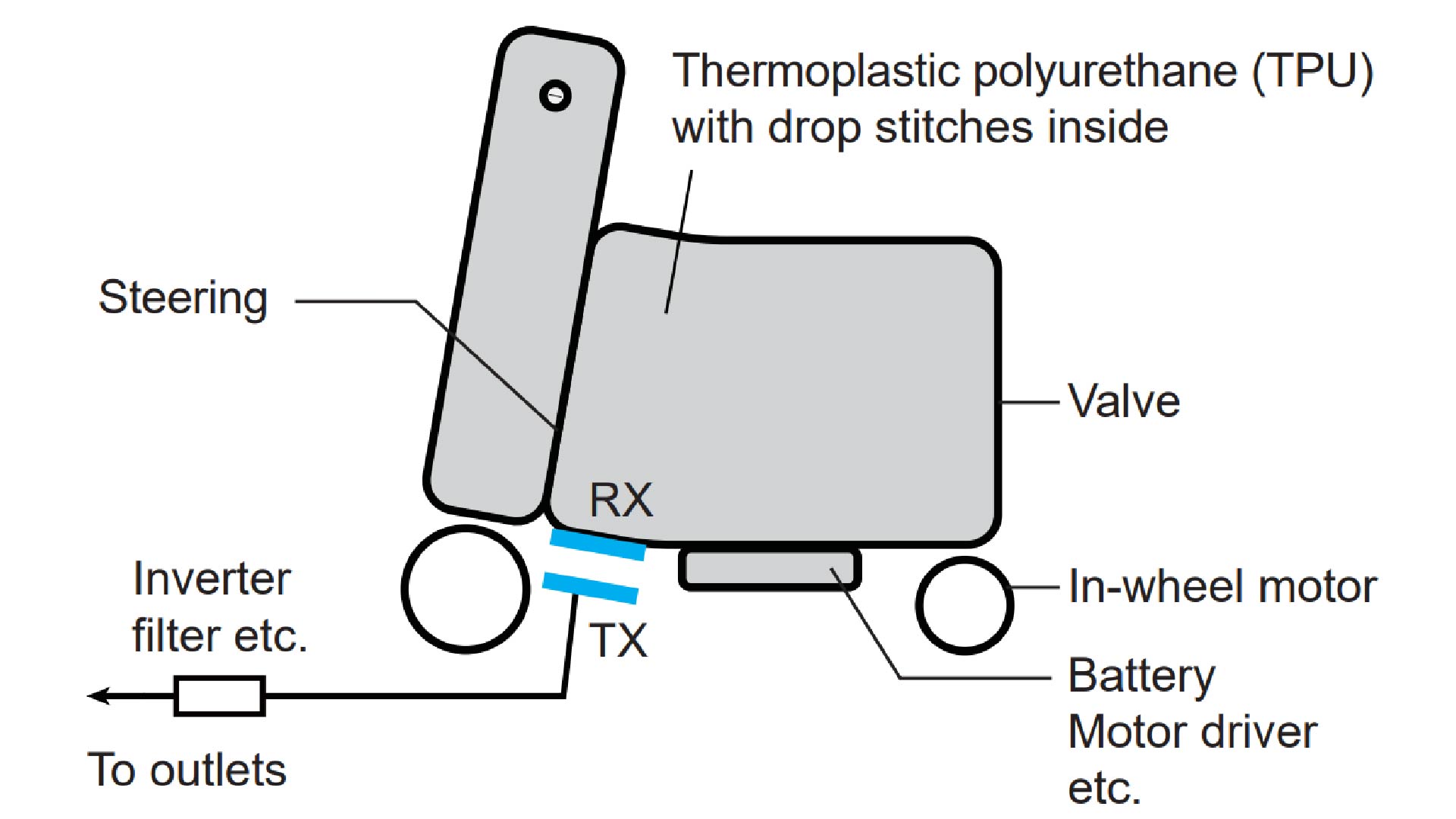
Effect of body materials on transmission efficiency and resonant frequency in wirelessly powered personal mobility devices
IEEE WPTC (November 2020)
Publisher
IEEE WPTC (November 2020)
Publisher

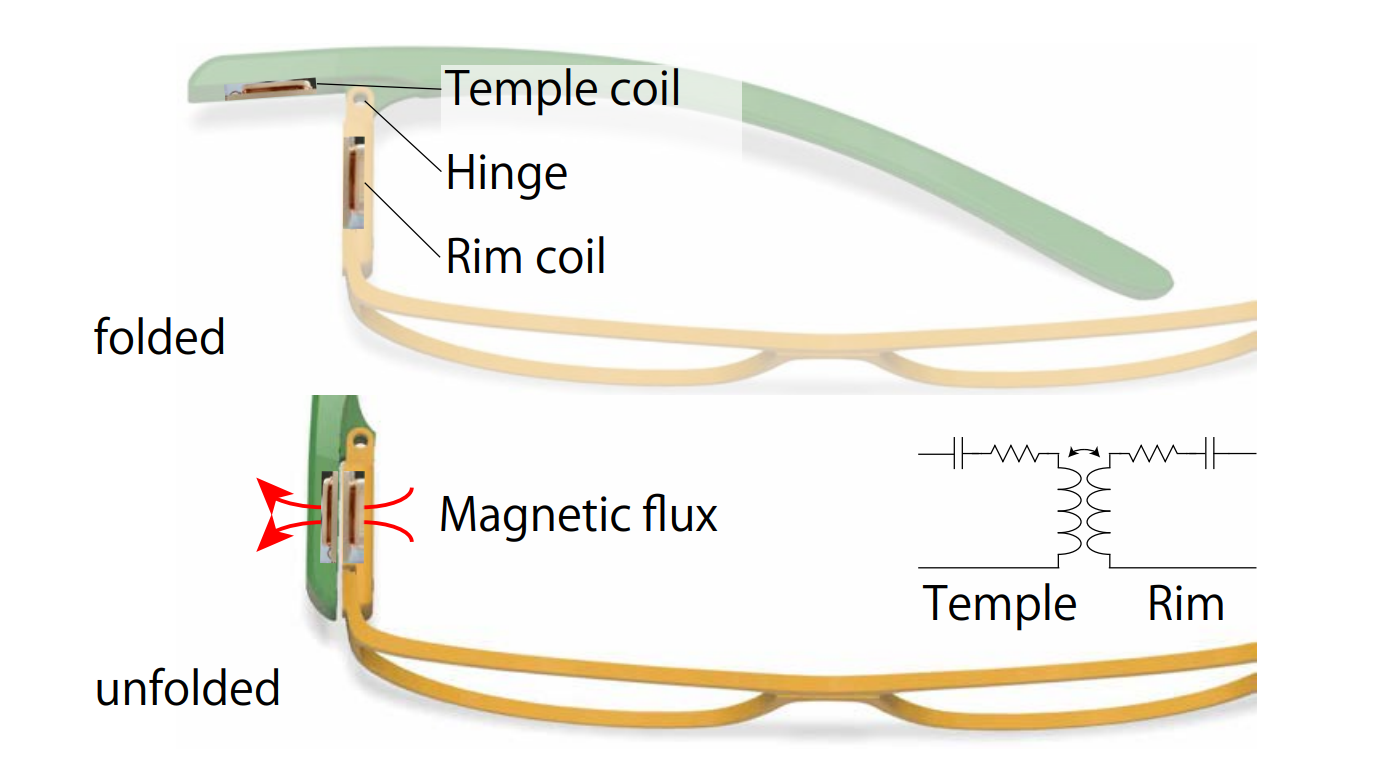
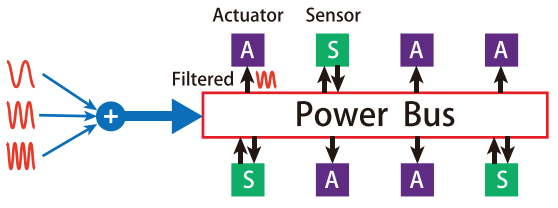
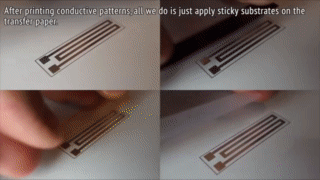
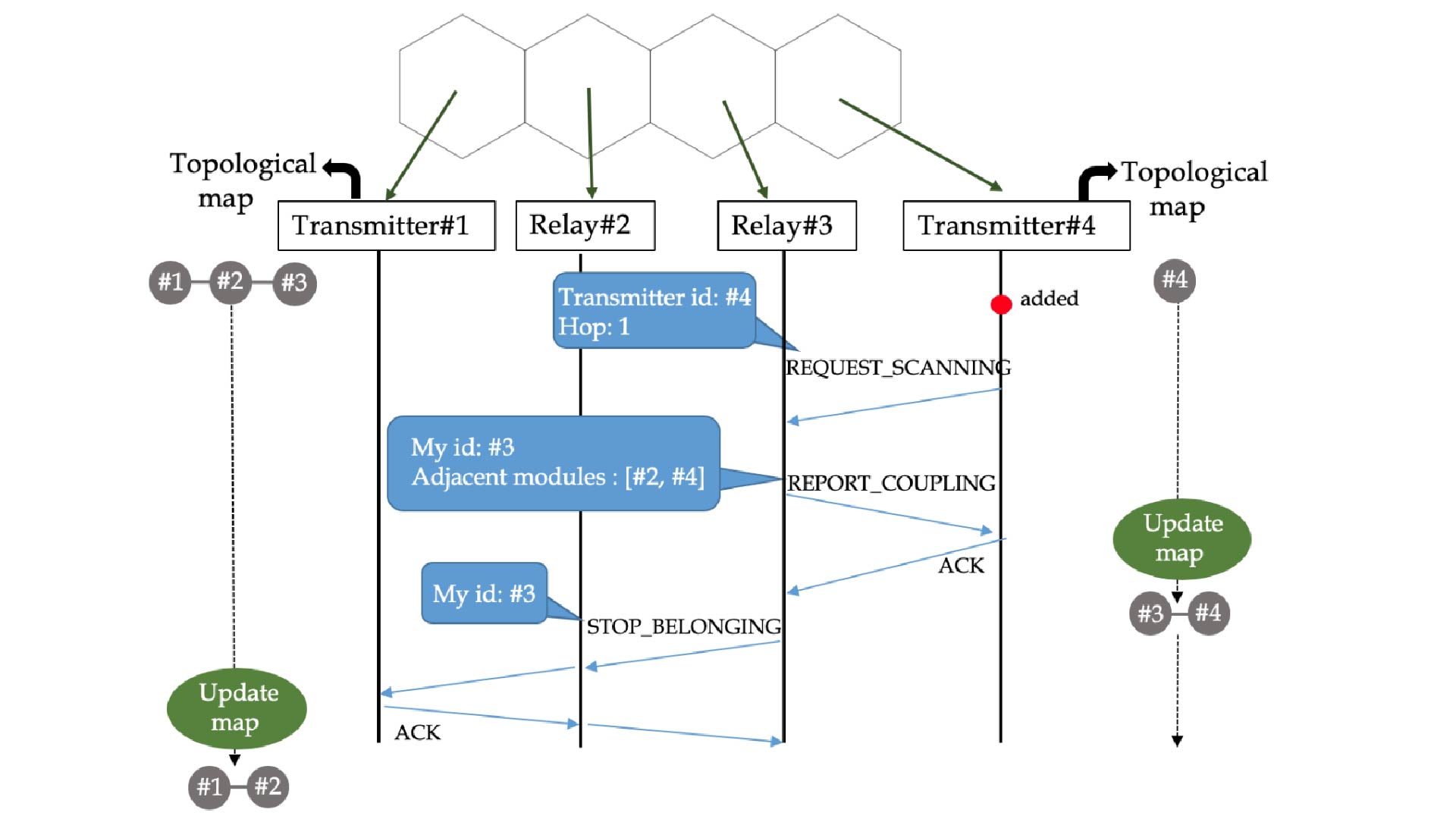
Topology Construction Protocol for Wireless Power Transfer System with a 2-D Relay Resonator Array
IEEE ICCE (January 2020)
Publisher
IEEE ICCE (January 2020)
Publisher
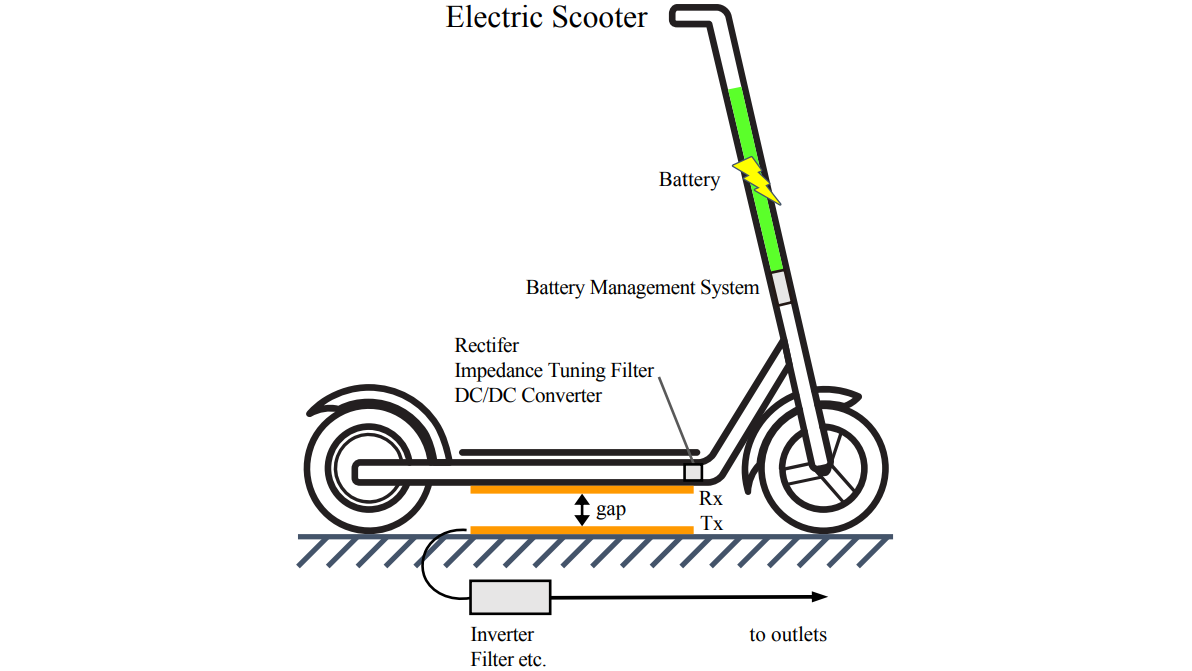
Design of Wireless Power Transfer Systems for Personal Mobility Devices in City Spaces
IEEE VTC (September 2019)
Publisher
IEEE VTC (September 2019)
Publisher
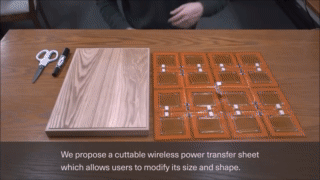
A Cuttable Wireless Power Transfer Sheet
ACM IMWUT (December 2018)
PDF Video Publisher Press release (English) Press release (Japanese)
ACM IMWUT (December 2018)
PDF Video Publisher Press release (English) Press release (Japanese)
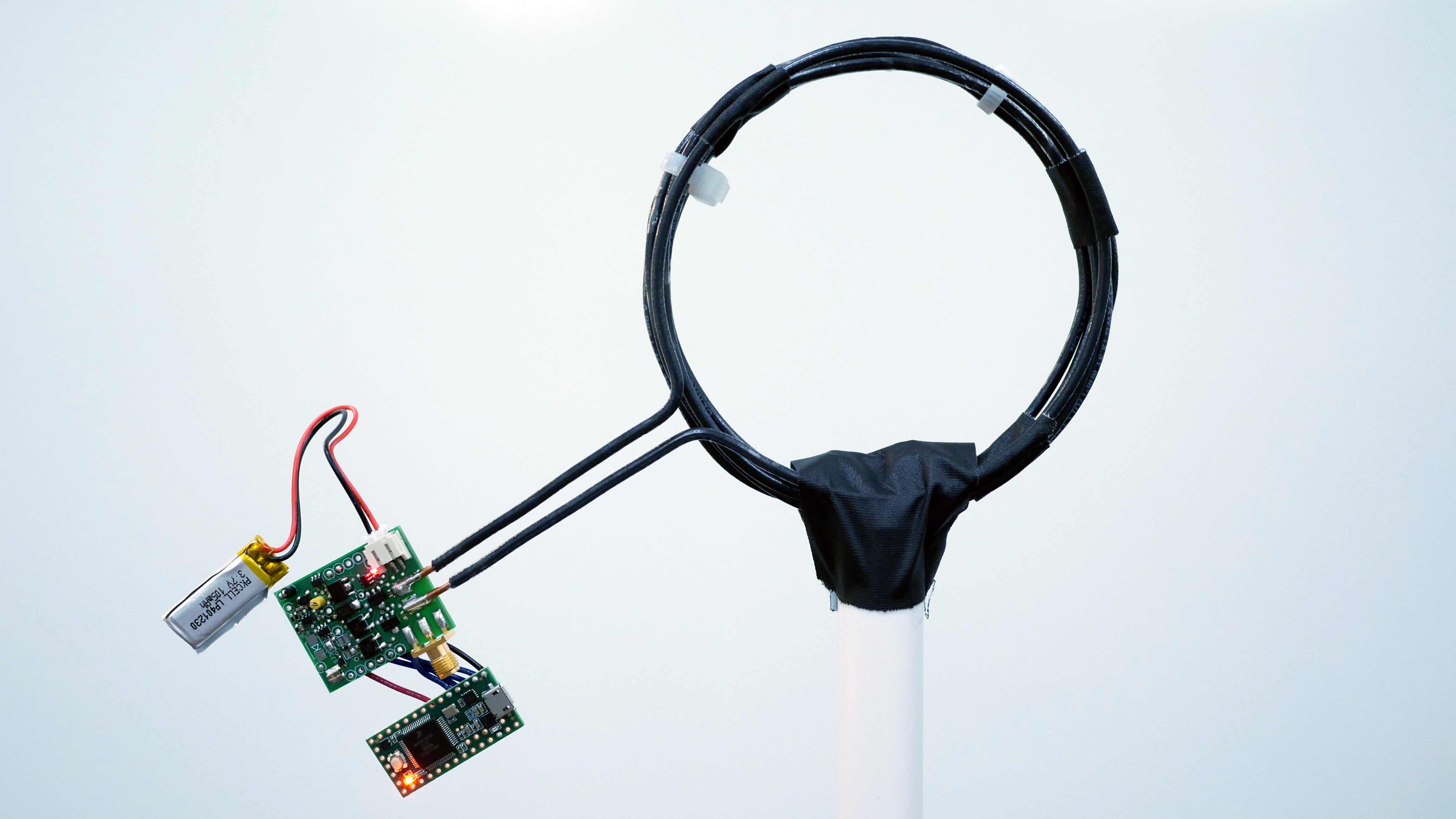
Room-Wide Wireless Charging and Load-Modulation Communication via Quasistatic Cavity Resonance
ACM IMWUT (December 2018)
PDF Publisher Press release (English)
ACM IMWUT (December 2018)
PDF Publisher Press release (English)
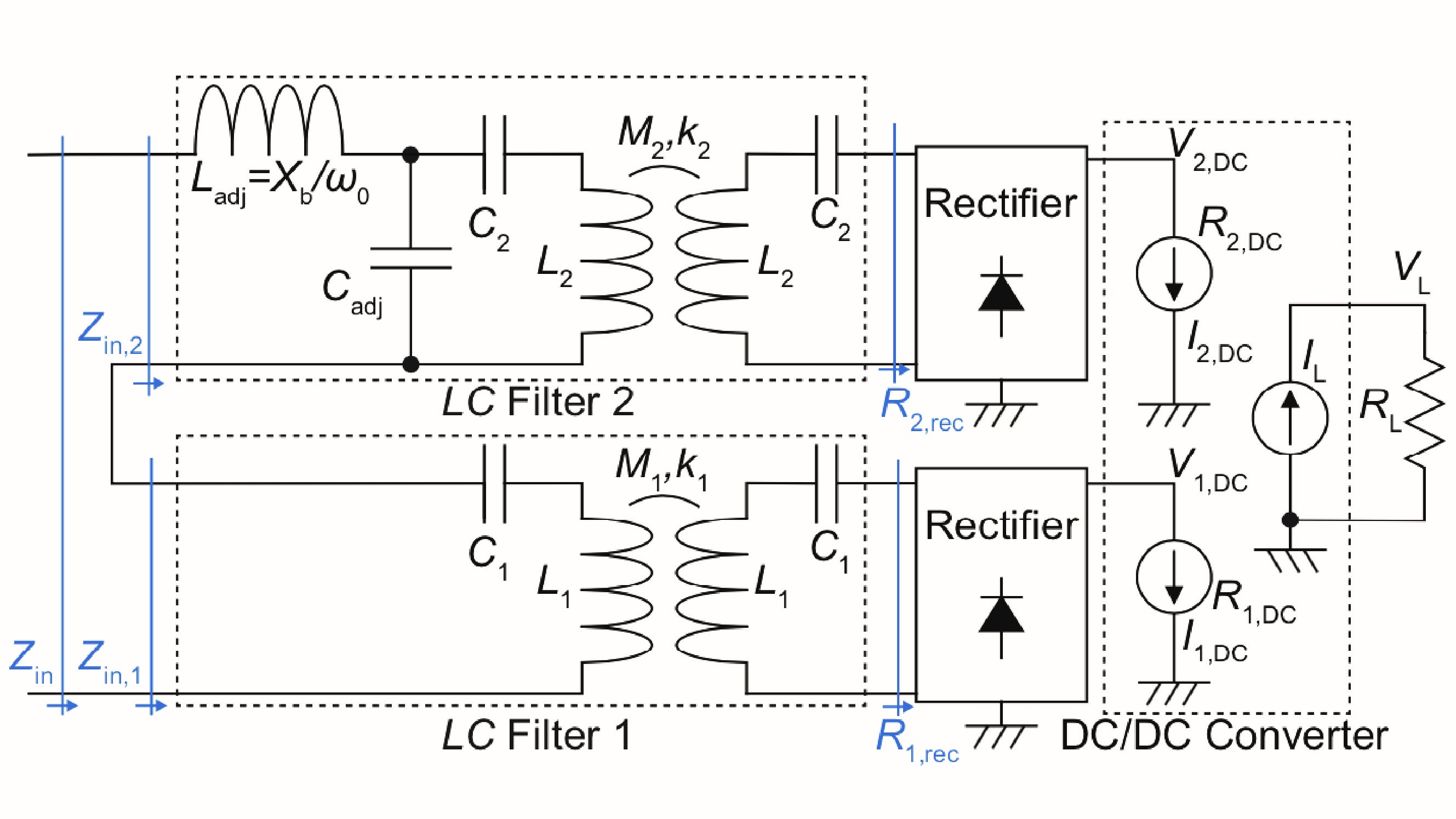
Dynamic Complex Impedance Tuning Method Using a Multiple-Input DC/DC Converter for Wireless Power Transfer
IEEE WPTC (June 2018)
Publisher
IEEE WPTC (June 2018)
Publisher
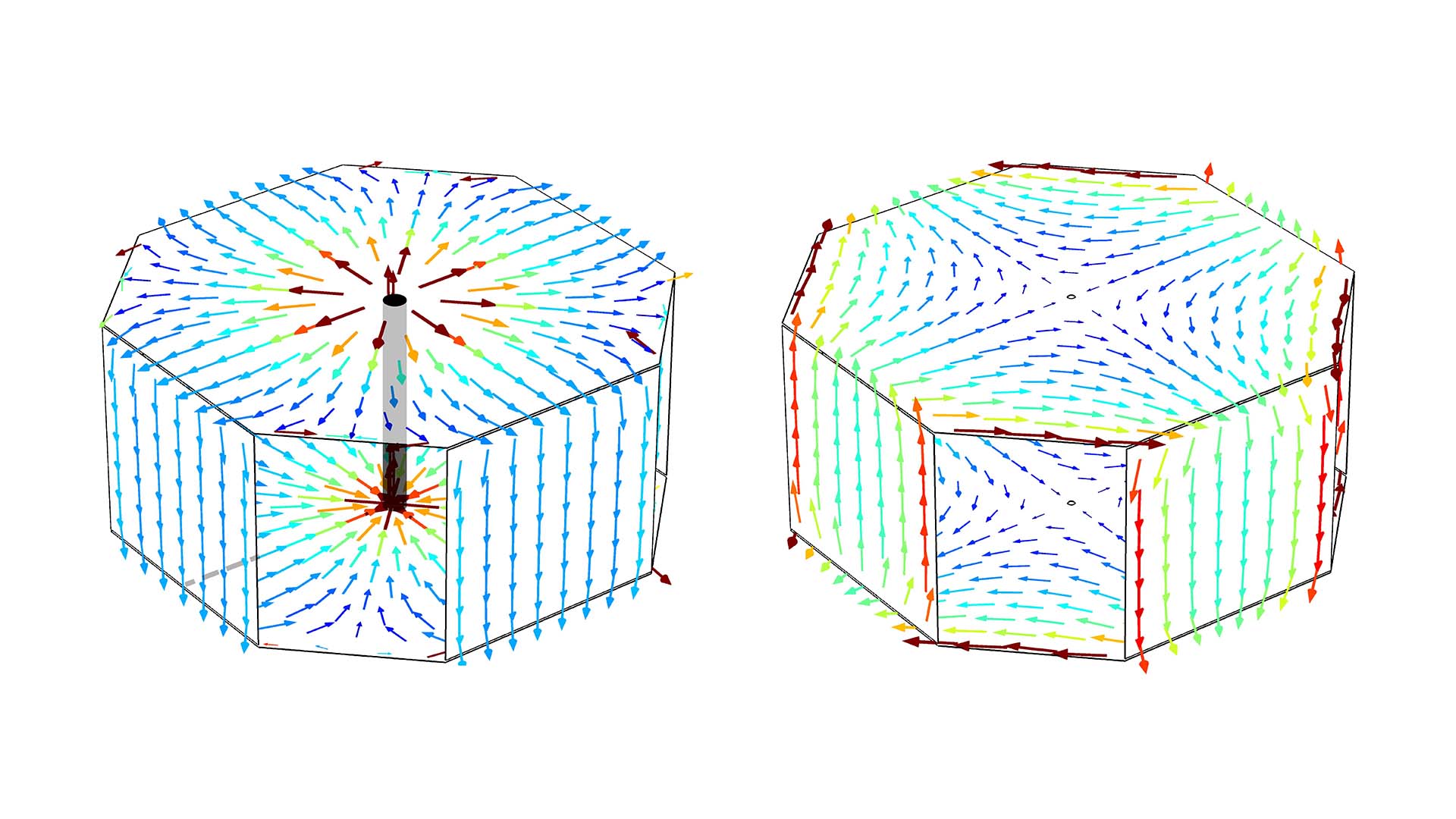
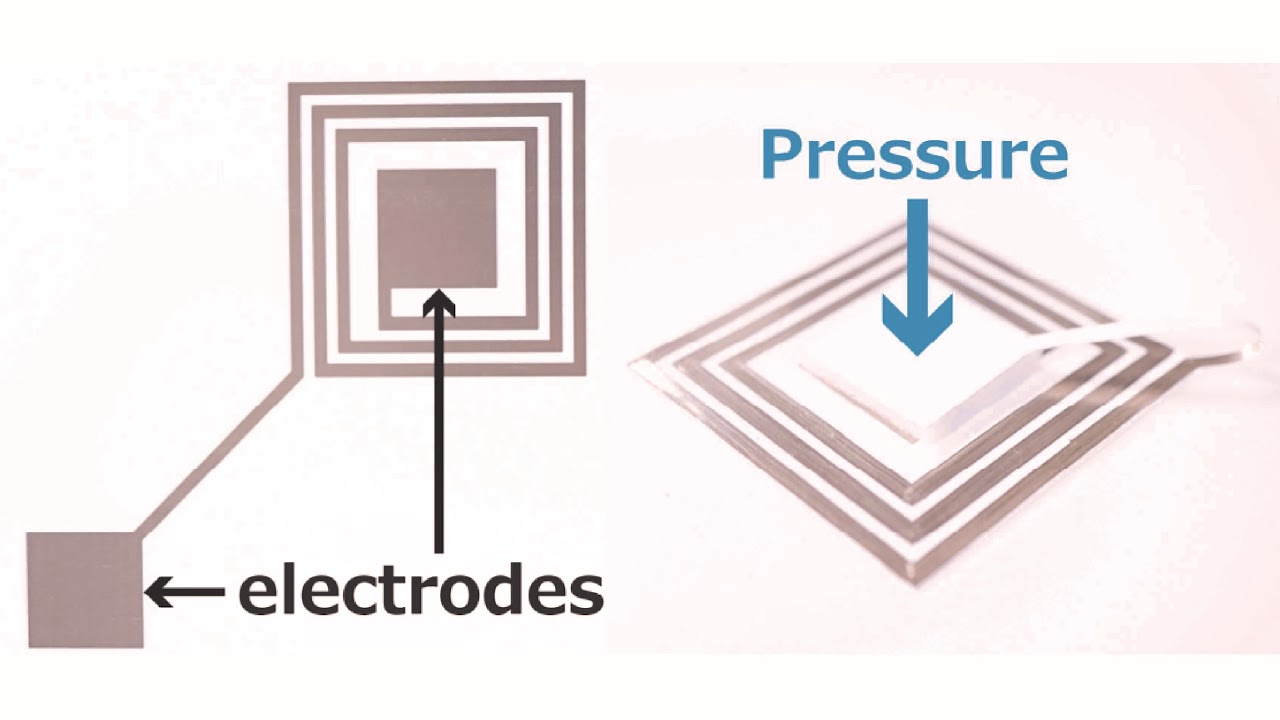
Passive and contactless epidermal pressure sensor printed with silver nano-particle ink
ACM UbiComp (September 2016)
Publisher
ACM UbiComp (September 2016)
Publisher

